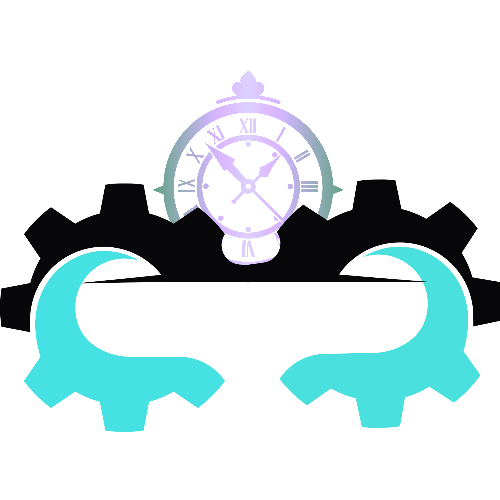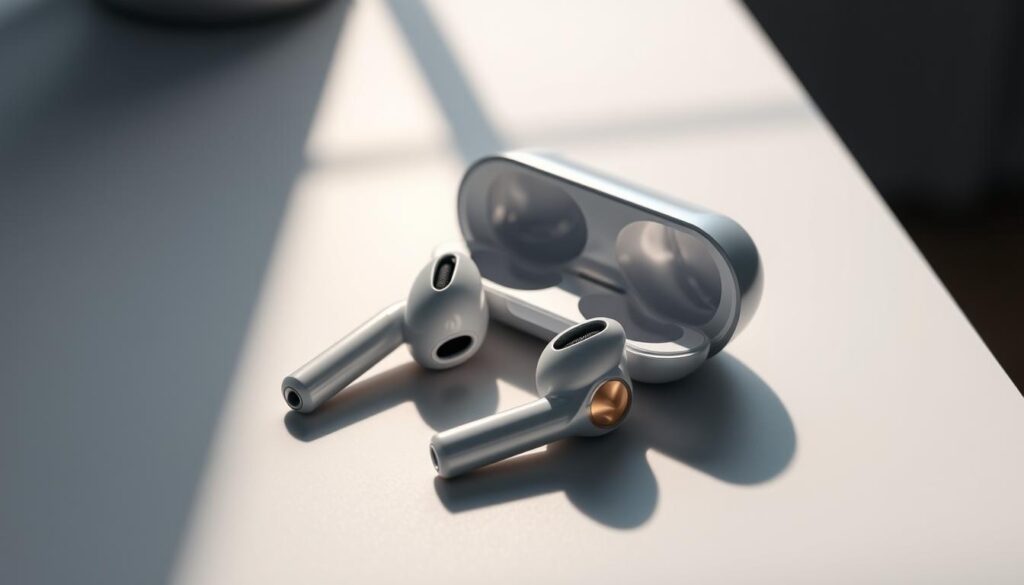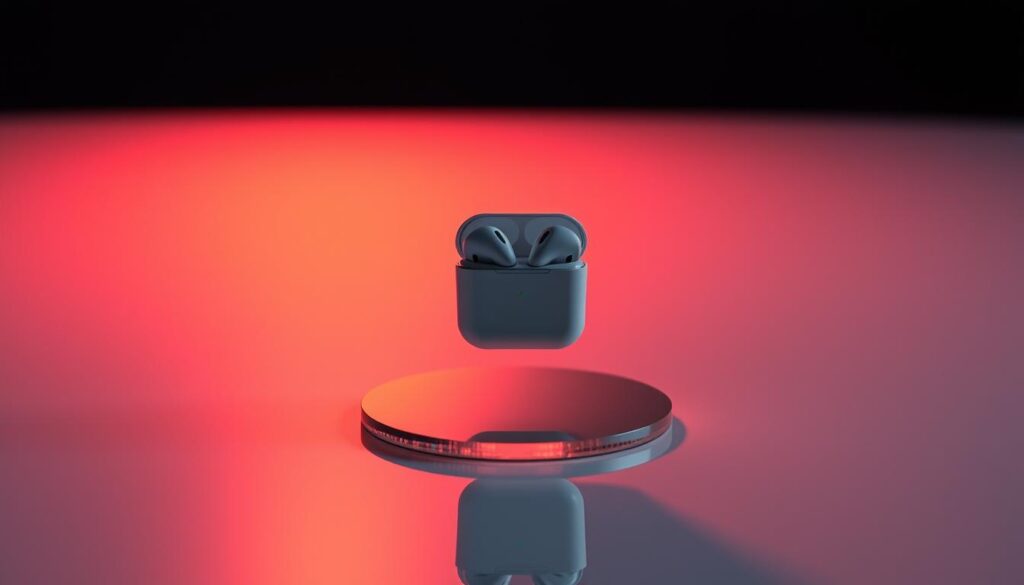Technology has been a driving force in modernizing healthcare. Two of the most influential technologies — Artificial Intelligence (AI) and the Internet of Things (IoT) — are now working together to reshape how we care for patients remotely. This revolution is improving treatment accuracy, streamlining hospital workflows, and offering proactive, real-time health monitoring from virtually anywhere in the world.
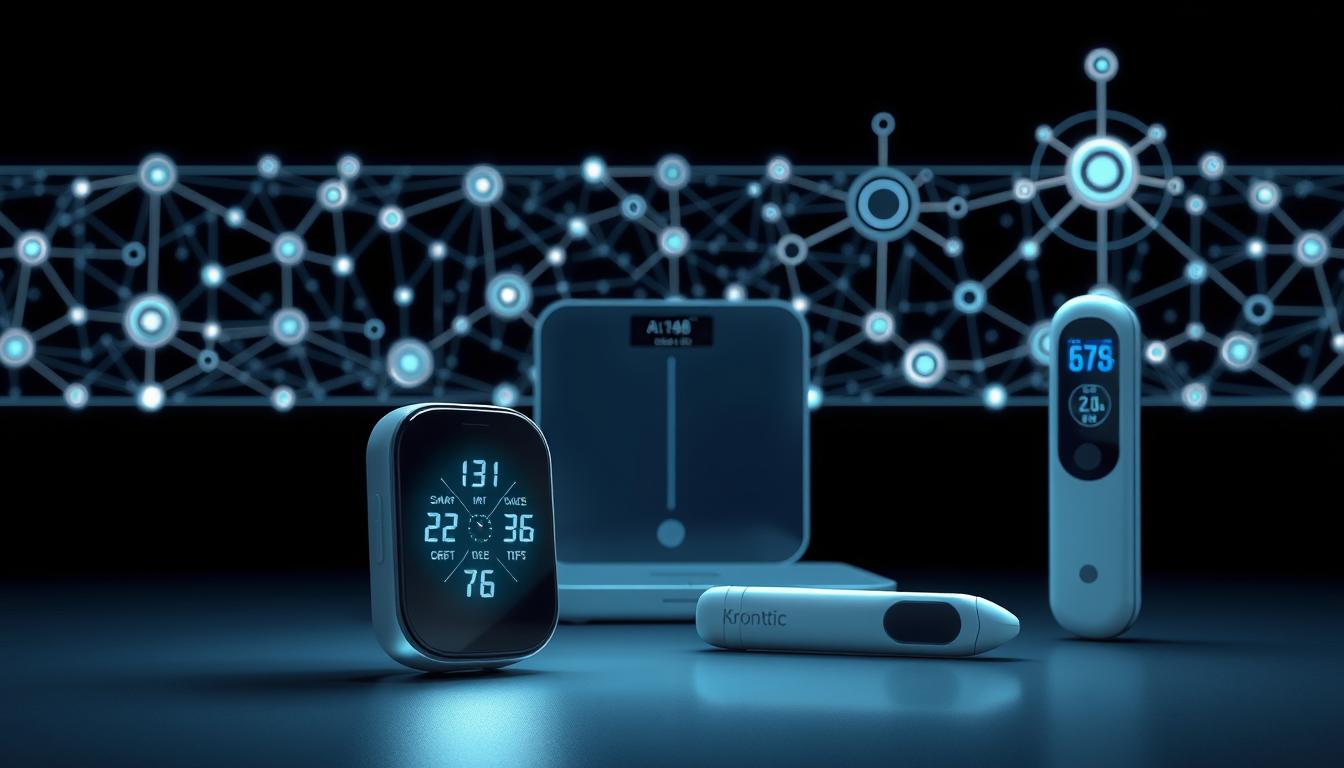
Why Remote Healthcare Needs AI and IoT
As populations age and chronic conditions become more common, the demand for healthcare services is growing fast. Traditional systems often struggle to keep up. That's where AI and IoT come in — offering scalable solutions for diagnosis, monitoring, and treatment, all while reducing the burden on hospitals.
IoT devices, such as wearables and smart sensors, continuously collect vital patient data. AI then interprets this data, flagging anomalies and generating alerts for healthcare professionals. This enables early intervention and reduces hospital readmissions.
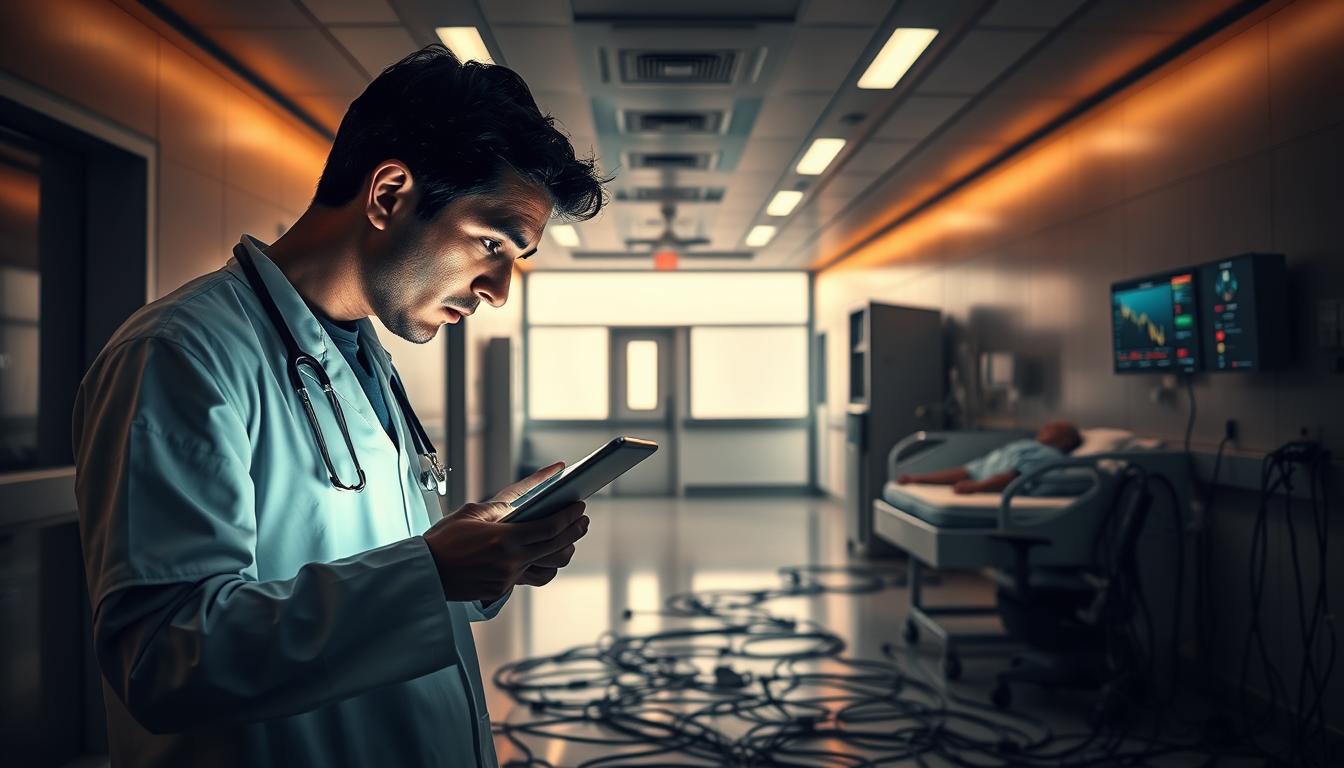
Key Applications in Real-World Healthcare
1. Chronic Disease Management
Patients with diabetes, hypertension, or heart disease benefit significantly from wearable IoT devices. These gadgets track blood pressure, heart rate, glucose levels, and more — feeding data into AI systems that can predict complications before symptoms appear.
2. Elderly Care and Assisted Living
AI and IoT allow elderly patients to be monitored 24/7 without being confined to a hospital. Smart fall detection systems, medication reminders, and AI-driven emergency responses are enhancing patient independence and safety.
3. Post-Surgical Recovery Monitoring
Once discharged, patients recovering from surgery can use smart patches and sensors that transmit wound healing data, mobility metrics, and vital signs — all analyzed by AI to ensure recovery is on track.
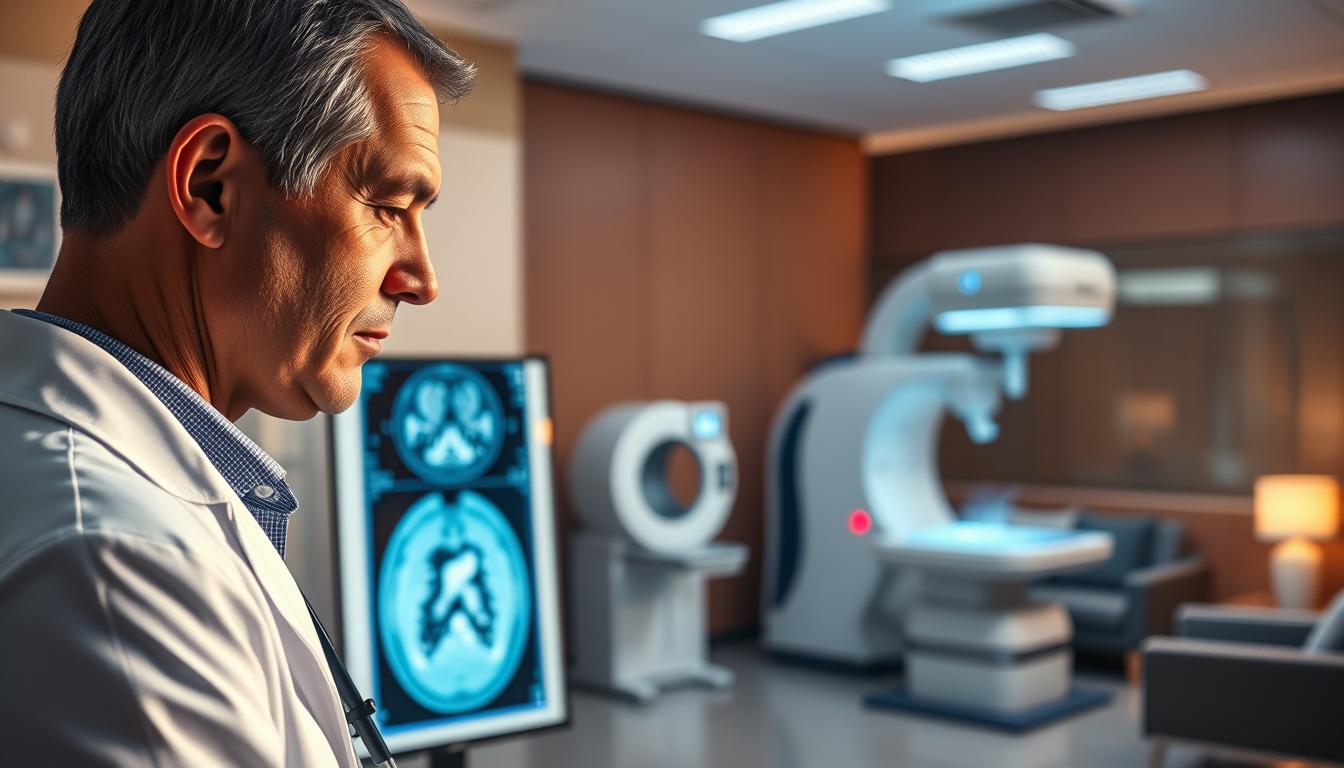
How the Technology Works Together
IoT devices collect vast streams of raw health data — including blood pressure, oxygen saturation, temperature, and sleep patterns. AI algorithms clean, analyze, and contextualize this data in real time. Physicians receive dashboards with summarized trends and alerts, allowing them to act before a patient's condition worsens.
Predictive Analytics
AI-powered predictive models can detect the risk of stroke, heart failure, or infection days in advance. This gives healthcare teams the chance to intervene early, preventing emergencies and reducing costs.
Automation and Alerts
Through real-time monitoring, AI can automate alerts for abnormal readings. For example, if a patient’s oxygen levels fall dangerously low, both the patient and doctor are instantly notified via app or wearable device.
Watch: The Future of Remote Care
Challenges and Considerations
Despite the promise, there are still challenges. Data security is a top concern — sensitive medical information must be protected against cyber threats. Compatibility between devices and healthcare systems also requires improvement, and regulatory standards are evolving to keep up with rapid innovation.
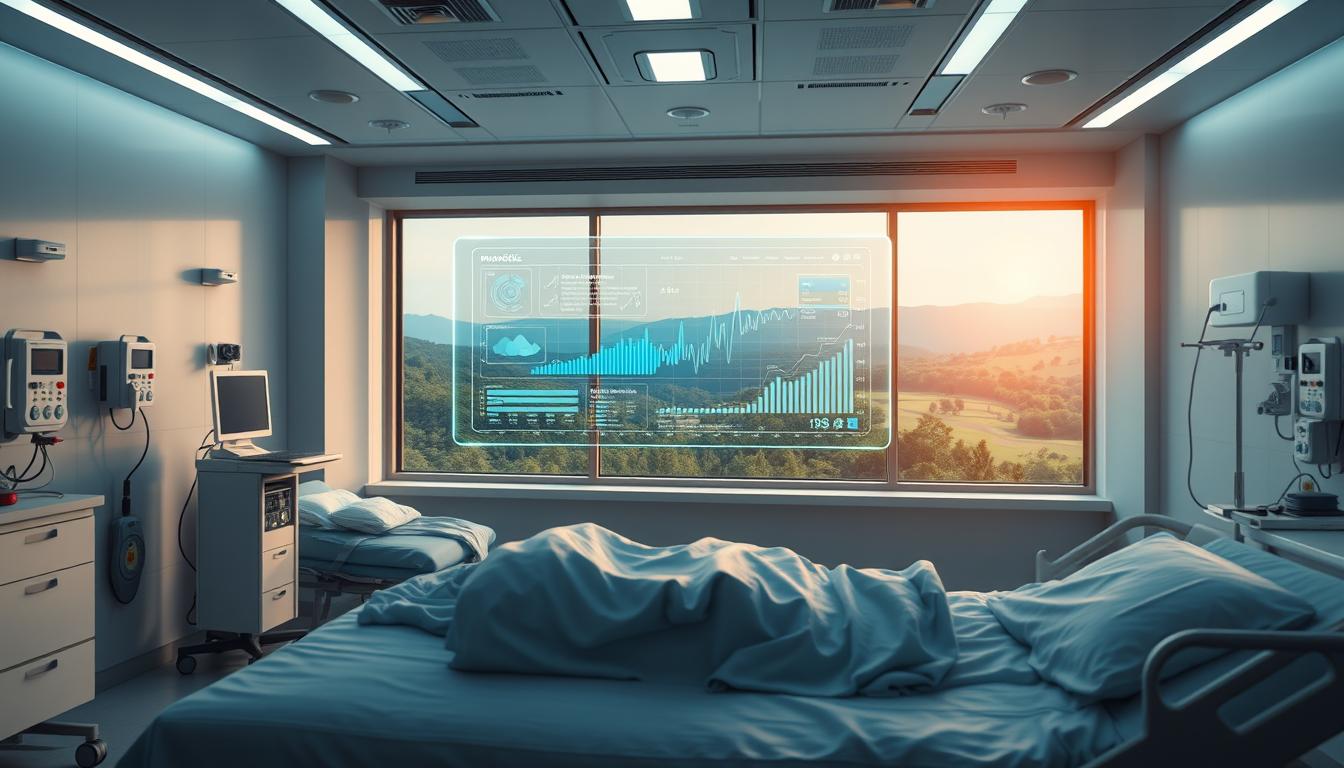
The Road Ahead
The integration of AI and IoT into healthcare is just beginning. In the next decade, we’ll see even more personalized treatment plans, AI-assisted surgeries, and predictive analytics become standard practice. Governments, healthcare institutions, and tech companies must work together to ensure equitable access, ethical AI use, and secure infrastructure.
Conclusion
AI and IoT are not just innovations — they are transforming the foundation of modern healthcare. From chronic disease management to elderly care and post-operative monitoring, these technologies are enhancing patient outcomes and streamlining care delivery. As we move forward, the promise of smarter, safer, and more proactive healthcare is becoming a reality — one smart device and one AI algorithm at a time.

